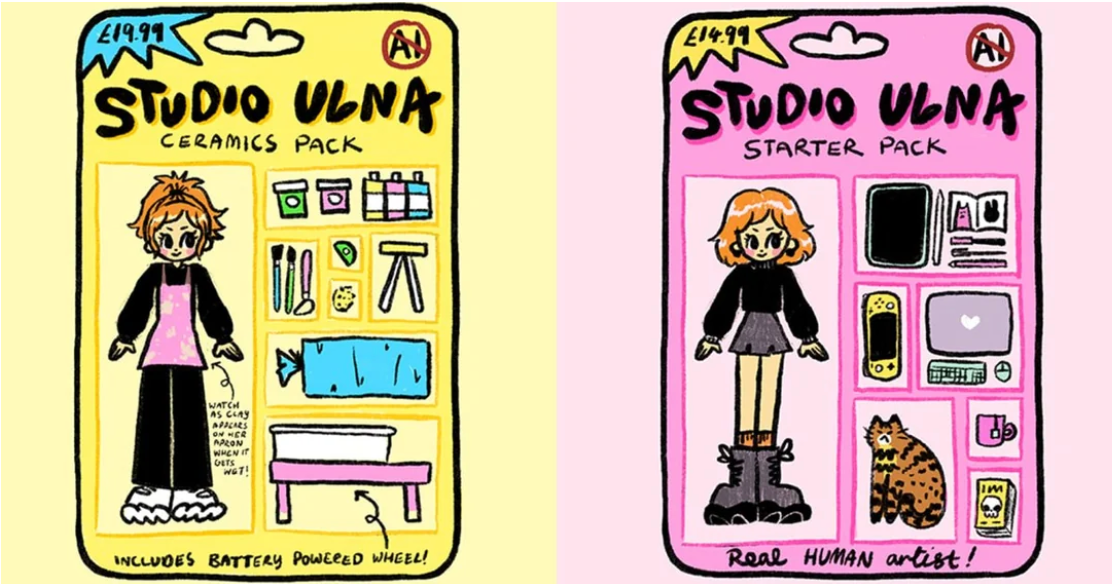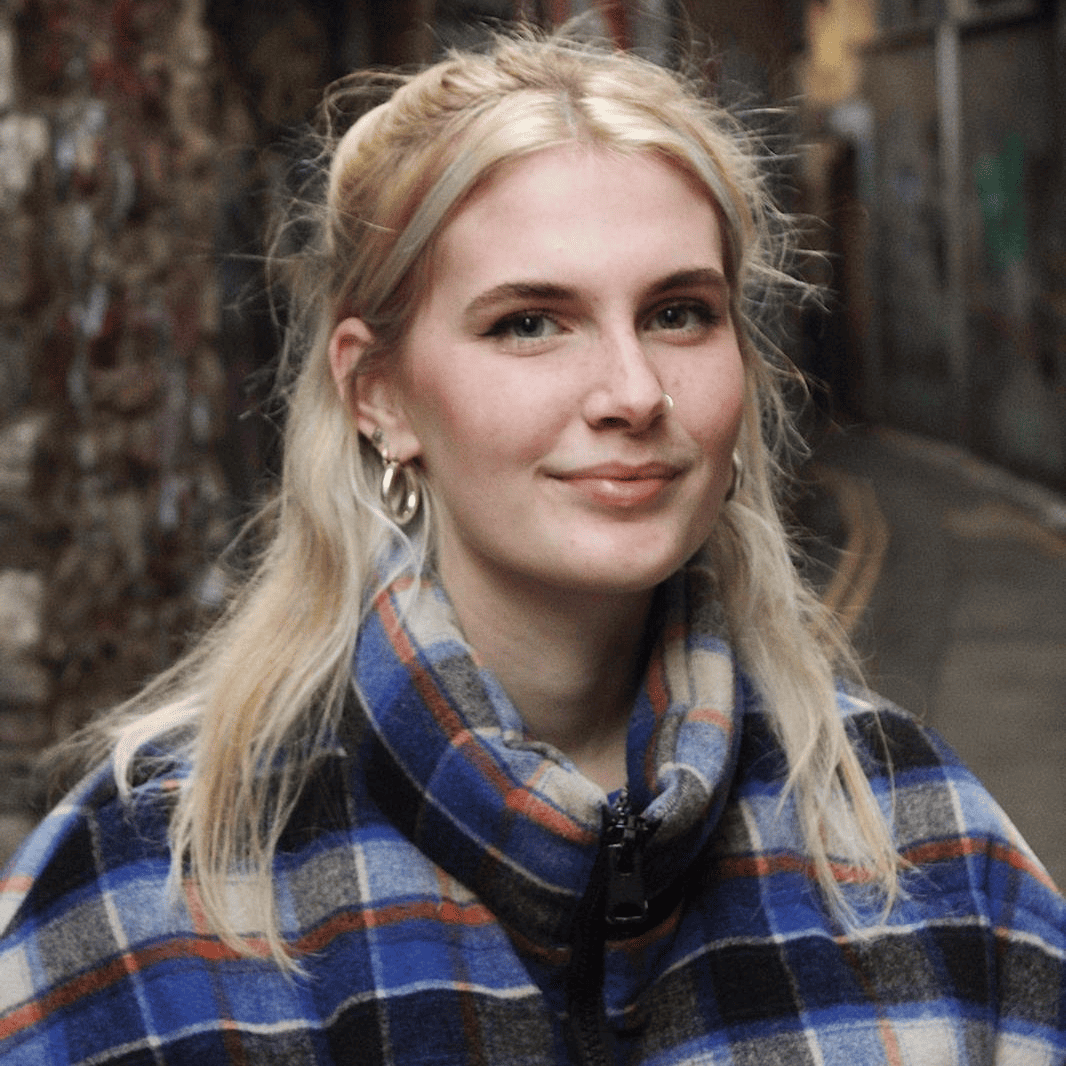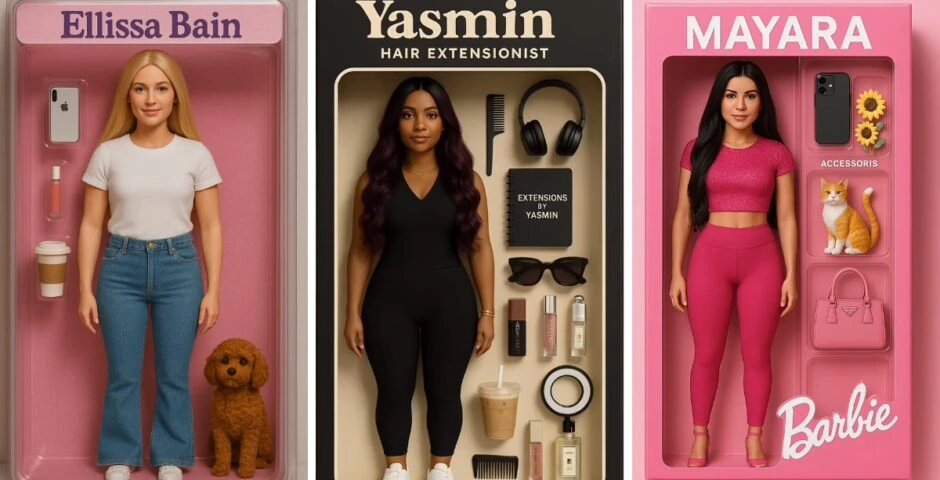Over a short span of time, artificial intelligence has evolved from a seemingly faraway, slightly futuristic concept to an integrated aspect of contemporary life. Early conceptions of AI were very simple. Programs could complete menial tasks like solving maths equations or playing chess, but progress was relatively slow. However, developments have exploded due to increased funding and access to data. Today, neural networks and chatbots such as ChatGPT are, for many, a part of everyday life. As a result, society is now racing to keep up with the opportunities and challenges brought along with AI.
Recent breakthroughs in AI have forged sophisticated systems that are capable of creating art, music, writing, and more. Tools that once seemed impossible for the average individual are now widely accessible. As a result, AI is a deeply controversial tool in creative industries . Critics argue that AI undermines human creativity through mass-producing work that mimics human expression, without the true emotional depth. There are also concerns that AI systems are trained by the work of real artists, meaning human creativity is exploited for profit. Fears stem from concerns that eventually, AI will erode the integrity of storytelling that is such a vital component of culture.
The discourse amongst creative industries regarding AI is overwhelmingly negative. For example, the recent ‘AI Doll’ trend came under fire and sparked debate online. The trend allowed people to upload photos of themselves to generate a ‘dollified’ version. People would include details such as their profession, and these images were then shared on sites like LinkedIn.
The issues stem from the fact that the AI models responsible often use material from the internet to mimic styles, and are essentially trained based on the pre-existing work of artists. For many artists, they felt that their hard work was essentially being used without consent or credit. Other critics raised the point that AI-generated ‘art’ often poorly represents bodies, cultures, and ethnicities. In response, some artists created their own version of the trend, using the controversy to showcase their own talents and the unique capabilities of humans in comparison.

In a similar case, over 1,000 musicians - including Kate Bush and Damon Albarn - released a silent album as a form of protest in response to recent adjustments to British copyright laws will allow companies to use artists’ work to train AI models. Whilst these examples represent the negative responses to AI and its encroachment on creative industries, it is important to recognise the potential benefits. Whilst, of course, there needs to be stronger legislation to protect artists and their work, creatives must move along with technology as it progresses, if they don’t want to be ‘left behind’ . AI offers previously unfathomable opportunities.

Personally, I believe that, as the development of AI is out of the hands of the average person, we - and artists-alike - must take it upon ourselves to try our hardest to use it to our advantage. AI offers many benefits, such as freeing up time that would have previously been spent on mundane tasks. Now that these tasks can be completed by AI models, individuals will have more time to focus on their craft. This paves the way for a more creative world. AI is also likely to help artists create new forms of art, rather than simply stealing their jobs. As shown by the artist responses to the AI doll trend, we can use AI and the technological world around us as inspiration to create even more.
Most significantly, there is a general sense of individuals striving to protect art in the face of technological advancement, which was demonstrated by the response to the AI doll trend. Generally, people do not want to buy a song written by a robot, or a book, or a painting. We must remain critical of AI, whilst embracing its opportunities. Whilst we cannot always control the world around us, we must embrace the aspects that we can; there is the possibility of a future in which AI can live alongside creatives symbiotically. The best art comes from human adaptation of the world around us.
 Isobel Slocombe
Isobel Slocombe